SOURCE: AFI

India’s space program has witnessed remarkable growth in recent years, culminating in the successful lunar landing of Chandrayaan-3. The nation is now charting a bold course for its future space exploration endeavors, encompassing human spaceflight, lunar exploration, and beyond.
Continue readingSOURCE: IDRW.ORG
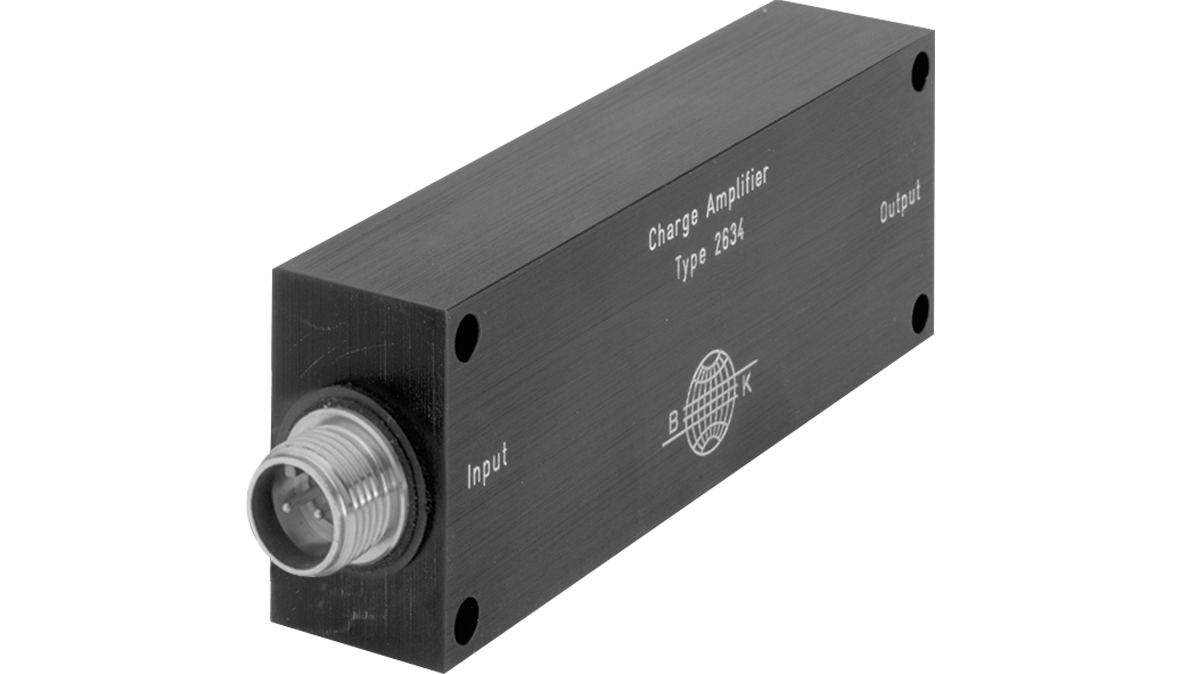
The delivery of Tejas Mk-1A fighter jets to the Indian Air Force (IAF) faces further delays due to a recent development involving a key component. According to a report by The Print, Denmark has placed an export ban on the engine charge amplifier, a crucial component of the Tejas Mk-1A aircraft.
The Ministry of Defense has taken up this issue with the Danish government through the Indian embassy, seeking a resolution to the export ban. In response to the embargo, state-run Hindustan Aeronautics Limited (HAL), the manufacturer of the Tejas fighter jets, has contracted a local firm to indigenize the production of the engine charge amplifier.
Continue readingSOURCE: IDRW.ORG TEAM

The Defence Research and Development Organisation (DRDO) has confirmed that fresh trials for the Quick Reaction Surface-to-Air Missile (QRSAM) system will be completed by the end of 2026. Following the successful completion of these trials, the Indian Army is expected to place orders for five QRSAM weapon systems, with Bharat Electronics Limited (BEL) as the manufacturer.
The QRSAM system, developed by DRDO, is a cutting-edge air defence missile designed to protect mobile formations and high-value assets against aerial threats. The system is particularly crucial for the Indian Army, offering quick reaction capabilities with its ability to “Search on Move,” “Track on Move,” and “Fire on Short Halts.” This allows the system to be deployed rapidly and respond to emerging threats without the need for a fixed position, making it ideal for dynamic battlefield environments.
Continue readingSOURCE: AFI

In a significant stride towards the vision of Aatmanirbhar Bharat, Squadron Leader SS Bhatkare, a Su-30 MKI pilot of the Indian Air Force (IAF), has developed a cutting-edge Artificial Intelligence-Based Photographic Anomaly Detection System (AIPADS). This innovative system is designed to enhance the safety and operational readiness of aircraft by automating crucial aspects of visual inspections, a step that could revolutionize aviation maintenance.
The AIPADS is an AI-powered system that conducts detailed visual inspections of aircraft, identifying potential safety issues that might be missed by the human eye. This system can detect anomalies such as incompletely closed panels, missing components, or structural damage, ensuring that any potential threats to flight safety are addressed before an aircraft takes off.
Continue readingSOURCE: AFI

India recently conducted successful tests of its indigenously developed Vertical Launch Short Range Surface-to-Air Missile (VL SRSAM) from the Integrated Test Range (ITR). This significant milestone brings the missile system closer to completion of its developmental trials.
Based on the Astra Mk1 Beyond Visual Range Air-to-Air Missile (BVRAAM), the VL SRSAM has been modified to serve as an interceptor missile. It is designed to replace the aging Barak-I Point Defense systems on frontline warships of the Indian Navy. With a range of 40 kilometers, the VL SRSAM offers enhanced air defense capabilities for the country’s naval assets.
Continue readingSOURCE: AFI
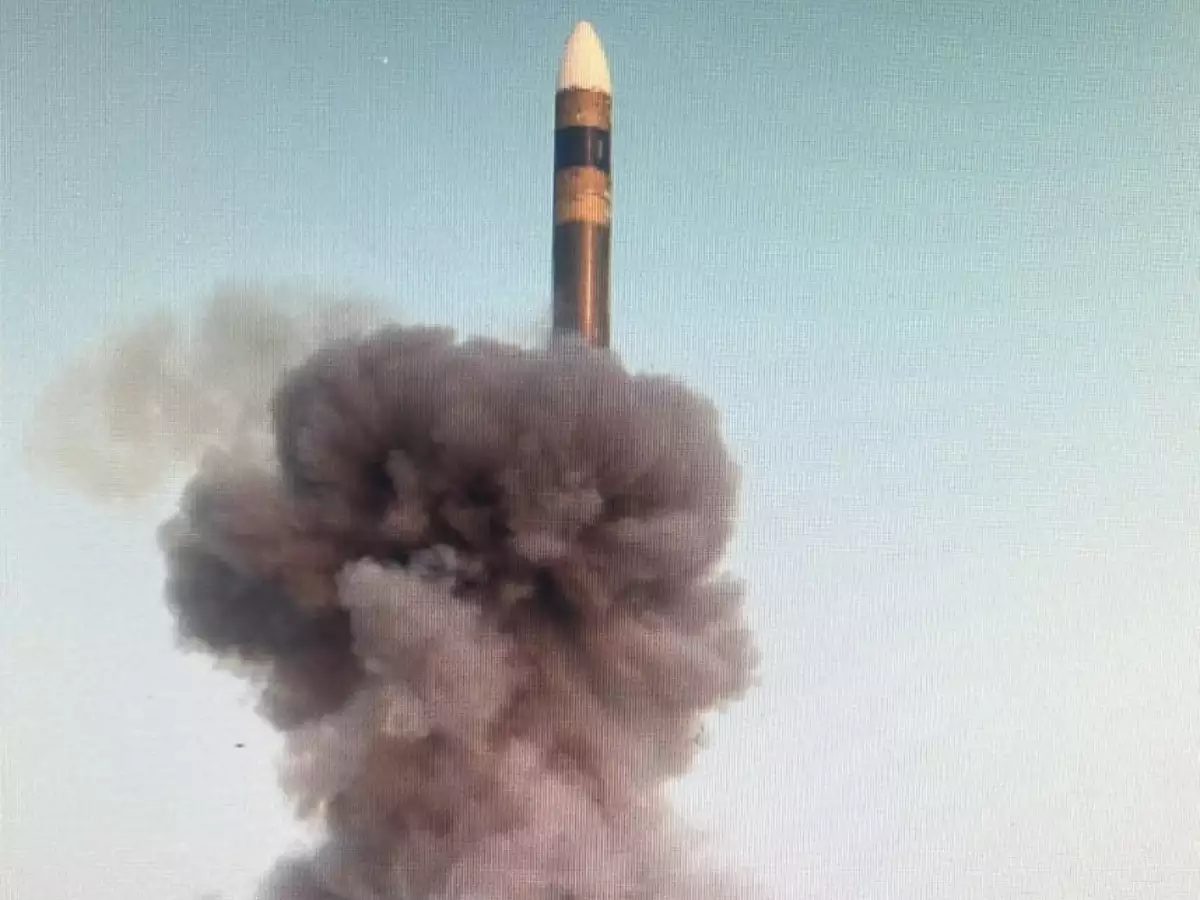
The development and deployment of Multiple Independently targetable Reentry Vehicles (MIRV) in the Indo-Pacific region is raising serious concerns among security experts. According to Korda, an expert from the Federation of American Scientists, it’s not the nuclear-powered submarines themselves that pose the greatest threat, but rather the MIRV-equipped missiles they carry.
MIRV technology allows a single missile to carry and deliver multiple warheads, each capable of targeting a different location. This technology is also applicable to land-based missiles and can significantly destabilize the regional security landscape. India, Pakistan, and China are all actively developing missiles with MIRV capabilities.
Continue readingSOURCE: AFI

In a recent interview with Sputnik India, Commodore (Retd) Seshadri Vasan, a distinguished veteran of the Indian Navy, emphasized the transformative potential of unmanned underwater vessels (UUVs) in reshaping the nation’s maritime capabilities.
Commending the Ministry of Defense’s (MoD) decision to construct 100-tonne UUVs for the Indian Navy, Commodore Vasan highlighted the strategic significance of this initiative. “These vessels will be instrumental in meeting the futuristic requirements of our blue water force,” he stated.
Continue readingSOURCE: AFI

A Bangalore-based AI and Robotics technology park is set to revolutionize the Indian agriculture sector with the launch of Ashva 4X4 Farm RoVR at the International Auto Show 2024. This innovative all-terrain utility vehicle marks a significant milestone in India’s journey towards self-sufficiency in agricultural technology.
Ashva is the first of four planned all-terrain vehicles by the company. Designed as a 2-seater 4-wheel-drive ATV, it boasts a robust space frame chassis and impressive dimensions, measuring 3,556 mm in length, 1,930 mm in width, and 2,010 mm in height. With a wheelbase of 2,600 mm, the Ashva 4×4 weighs 850 kg and can carry a payload of 60 kg.
Continue readingSOURCE: RAUNAK KUNDE / NEWS BEAT / IDRW.ORG
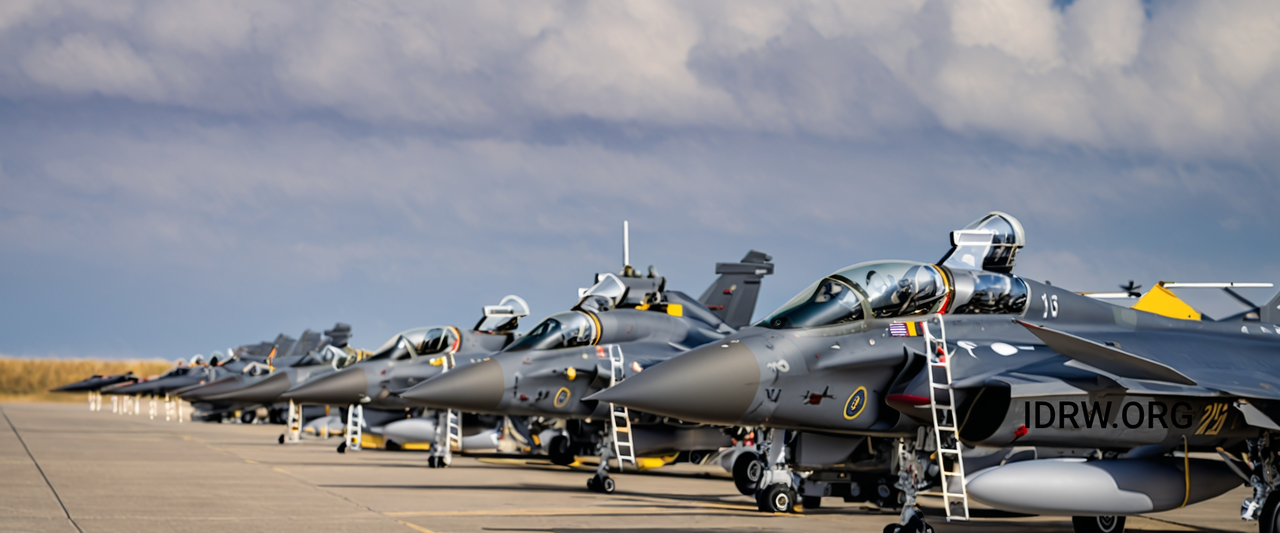
Dassault Aviation has projected India to become one of the largest operators of the Rafale fighter jet globally, following the French Air Force and Navy. With the Indian Air Force (IAF) already possessing 36 Rafales and the recent approval for 26 Rafale Marine fighters for the Indian Navy, India’s Rafale fleet is set to expand significantly.
Dassault’s optimism stems from the potential for further Rafale exports to India. The company has offered to manufacture Rafale jets in India to meet the IAF’s Multi-Role Fighter Aircraft (MRFA) for 114 jets. This proposal positions India as a key market for the Rafale, solidifying Dassault’s lead in the export of this advanced fighter aircraft.
Continue readingSOURCE: RAUNAK KUNDE / NEWS BEAT / IDRW.ORG

The Nigerian Army has announced its plans to acquire four Light Combat Helicopters (LCH) from Hindustan Aeronautics Limited (HAL) through a soft credit arrangement as reported by ” Financial Express Online “. This decision comes amidst escalating violence in the region, fueled by the resurgence of Boko Haram and Islamic State West Africa (ISWAP) following the recent withdrawal of French forces from the Sahel.
The Nigerian Army’s choice of the LCH over other contenders, such as TAI’s T-129 ATAK helicopter, was reportedly influenced by cost considerations. The LCH, a domestically developed Indian helicopter, is believed to offer a more cost-effective solution for the Nigerian Army’s requirements.
Continue readingSOURCE: RAUNAK KUNDE / NEWS BEAT / IDRW.ORG
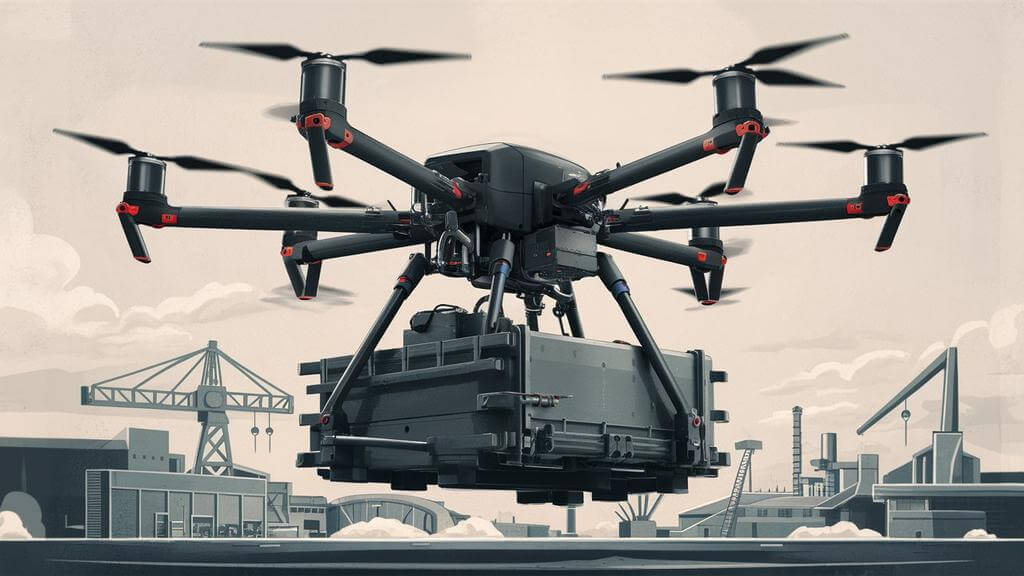
The Indian Army is exploring the integration of heavy cargo drones to enhance connectivity in high-altitude regions. According to sources within the establishment, the Army is considering deploying these unmanned aerial vehicles (UAVs) for last-mile delivery of essential supplies.
Discussions are currently underway with stakeholders to identify suitable cargo-carrying UAVs capable of transporting significant payloads. The Army aims to acquire new drones that can meet the specific requirements of high-altitude operations.
Continue readingSOURCE: AFI
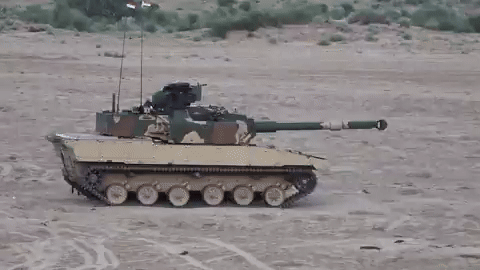
The Defence Research and Development Organisation (DRDO) has successfully completed the first phase of field firing trials of the Zorawar Light Tank, marking a significant milestone in India’s efforts to enhance its indigenous defense capabilities. The trials, which took place in a controlled environment, garnered widespread attention due to the tank’s notably low recoil performance. Defence industry experts were impressed by the tank’s superior stability, especially when compared to its potential adversary, the Chinese Type-15 Light Tank.
One of the standout features observed during the trials was the Zorawar’s exceptionally low recoil when firing from a static position. The Zorawar Light Tank currently mounts a 105mm John Cockerill low-recoil gun, which significantly reduces the movement of the vehicle during firing. This stability is not only crucial for maintaining accuracy but also contributes to the overall durability and comfort of the vehicle and its crew.
Continue readingSOURCE: AFI

Engine Factory Avadi (EFA), a unit of Armoured Vehicles Nigam Limited (AVNL), has announced it’s working on in-house development of an engine codenamed “Arjun.” This news raises questions as it appears similar to the MTU 838 Ka-501 engine currently powering India’s Arjun Mk1 MBTs.
Earlier reports from idrw.org suggested EFA was localizing the MTU 838 engine with Indian MSMEs (Micro, Small and Medium Enterprises) due to the German manufacturer, MTU, ceasing production. EFA hasn’t confirmed if they’re now aiming for full-fledged domestic production.
Continue readingSOURCE: AFI

Dr. Samir V. Kamat, Chairman of the Defence Research and Development Organisation (DRDO), expressed optimism about the growing global demand for Indian defense products. Speaking at the India Defence Expo (IDAX-24), he emphasized that DRDO’s innovations are now gaining traction in international markets.
“Our products are now gaining interest in the international market,” Dr. Kamat stated. He further highlighted that the ongoing IDAX-24 exhibition primarily showcased aeronautical products, but there was also considerable interest in other defense sectors.
Continue readingSOURCE: AFI
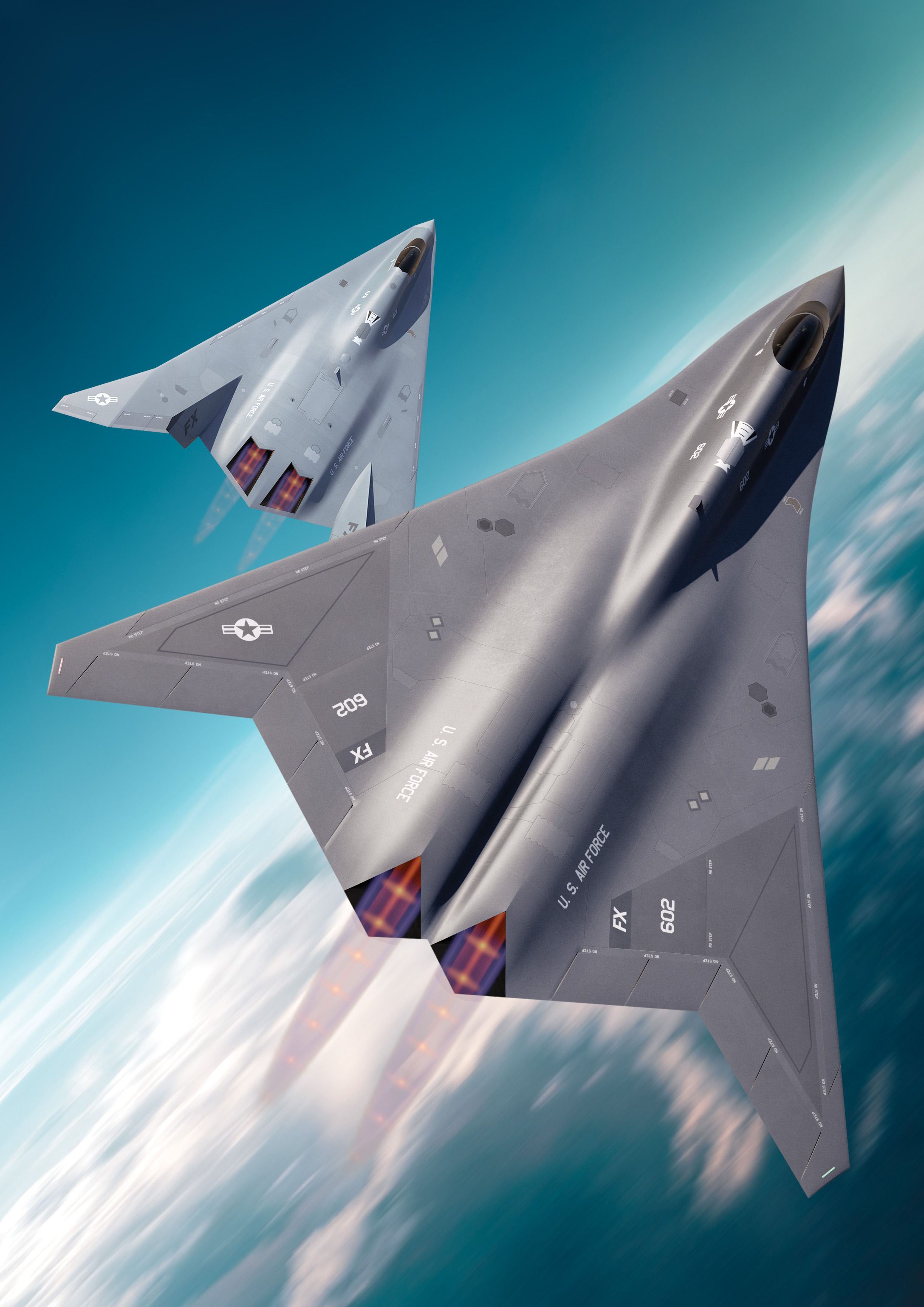
The Next Generation Air Dominance (NGAD) fighter, the US Air Force’s ambitious 6th generation fighter jet program, has stirred discussions due to its potential costs. US Air Force recently estimated the cost of each NGAD fighter to be around $300 million per unit. However, this figure has sparked concerns about the affordability and long-term viability of the program, especially since the NGAD’s intended fleet is expected to consist of approximately 200 fighters.
While addressing these concerns, US Air Force Secretary Frank Kendall highlighted that no definitive price threshold has been set for the NGAD fighters. He offered a more measured perspective, stating, “I’ll just give you this off the top of my head: The F-35 kind of represents, to me, the upper bounds of what we’d like to pay.” The F-35, considered one of the most advanced 5th generation fighters, currently averages around $82.5 million per unit in the latest production lots, making it a valuable comparison.
Continue reading